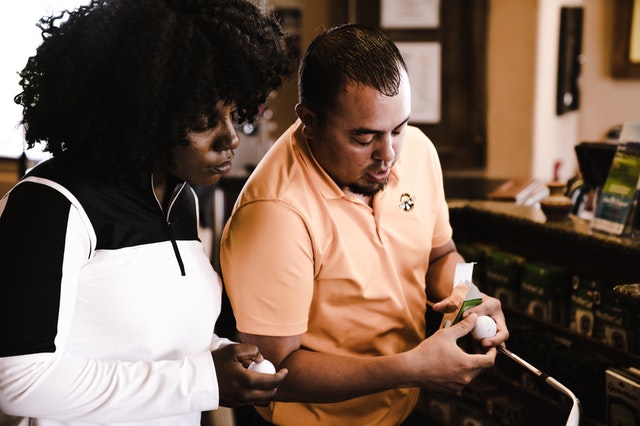GGA Partners Releases New Whitepaper on Private Club Governance as Part of Thought Leadership Series
‘Leveraging Differences in the Boardroom’ Now Available for Download
TORONTO, Ontario – International consulting firm GGA Partners has released Leveraging Differences in the Boardroom, the third in its new series of thought leadership whitepapers. This authoritative guide explores the benefits of clubs with diverse boards and suggests several steps to take when recruiting with diversity in mind.
Leveraging Differences in the Boardroom evaluates the consequences of unintentionally insular board composition and challenges the idea of “sameness” in the boardroom, which limits the ability of a board to effectively perform its duties and threatens a club’s health and longevity. The paper illustrates how multiple perspectives contribute to greater success in governance and argues for adjusting the profile of a club’s leadership to better serve members and prospects.
“We often see board members with similar professional, cultural, and ideological backgrounds and perspectives,” explained GGA Partner Henry DeLozier, one of several authors of the piece. “Boards that are neither representative of the membership nor reflective of their surrounding community risk losing the opportunity both to serve their current members and to attract new members.”
In addition, the whitepaper encourages that clubs intent on increasing diversity among their board take a holistic, multi-dimensional approach to its creation. “Forward-thinking boards understand that it is the breadth of perspective, not the mere inclusion of various diverse traits, that benefits the organization,” said DeLozier. “In addition to social diversity, professional and experiential diversity are also important in increasing the range of perspectives represented on the board.”
Board diversification is likely to be met with resistance from the status quo, which the paper aims to help club leaders overcome by providing tactics for building a diverse board, developing new board member criteria, and making a commitment to diversity.
In addition to governance, GGA Partners recently published new whitepapers on strategic planning and branding. The firm has announced that another in the series focused on innovation will be published through the third quarter of 2020.
Click here to download the whitepaper
About GGA Partners
GGA Partners™ is an international consulting firm and trusted advisor to many of the world’s most successful golf courses, private clubs, resorts, and residential communities. We are dedicated to helping owners, asset managers, club and community leaders, investors and real estate developers tackle challenges, achieve objectives, and maximize asset performance.
Established in 1992 as the KPMG Golf Industry Practice, our global team of experienced professionals leverage in-depth business intelligence and proprietary global data to deliver impactful strategic solutions and lasting success. For more information, please visit ggapartners.com.
Media Contact:
Bennett DeLozier
GGA Partners
602-614-2100
bennett.delozier@ggapartners.com



